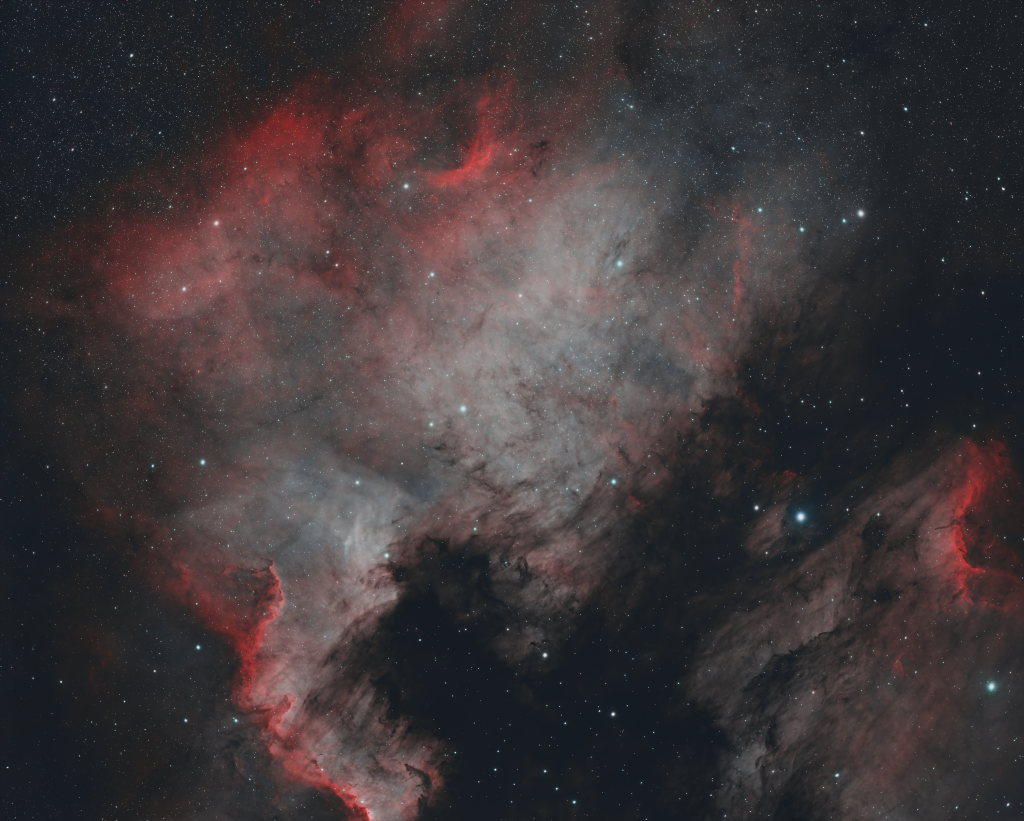
What a night!
It was a nice clear, unseasonably cool evening at my favorite place to image. The crowd was excellent and very interested in the program. Many came up and asked questions about what we were doing. I was able to introduce many to using the Seestars for imaging the night sky.

I let some use my S50 to learn more about it. This particular person was soon to purchase one for themselves. (I really should get commission on these things). One of the great things about Smart Telescopes, it can allow many to get into Astroimaging with not a big initial investment.
After things died down, I was ready to begin my imaging run with the Seestars (and the big rig). One of my goals was to get a picture of the recently discovered supernova in NGC7331. The other goal was to continue gathering narrowband images on NGC7000. More on that later.
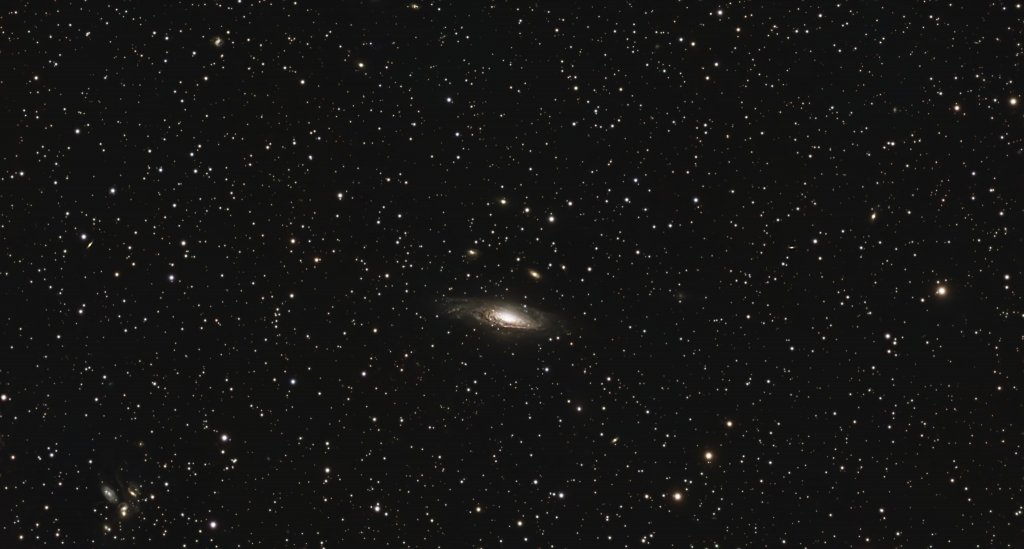
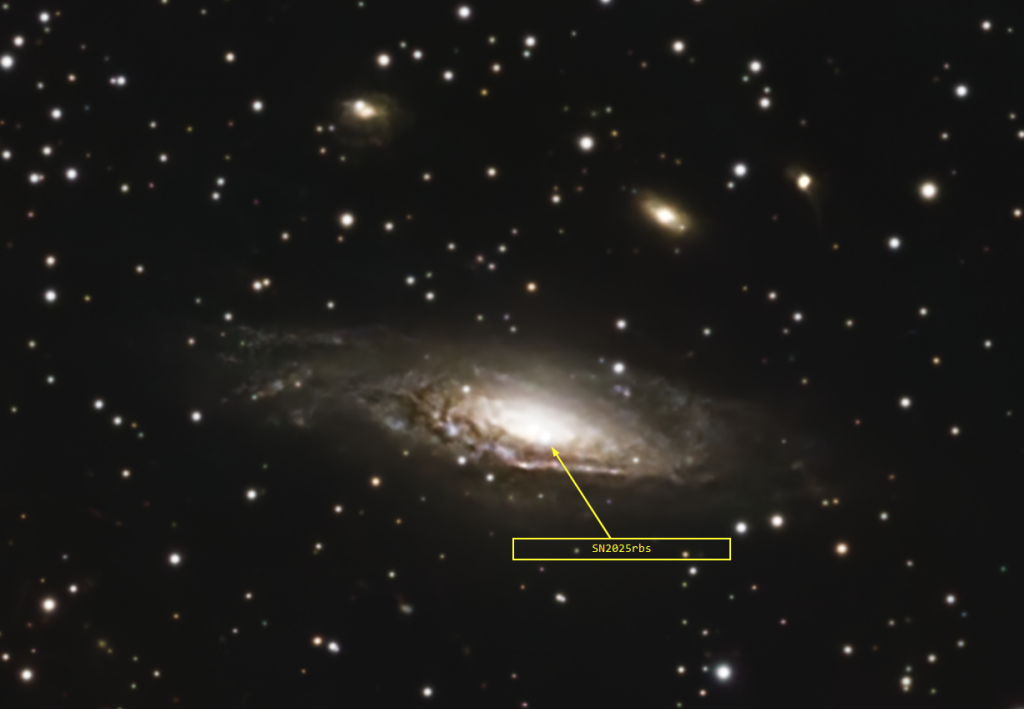
I did not abandon the S30. I pointed it to M31 to try to get some good data on it (for some reason, many of my previous attempts have not gone well). I was able to get 1.5 hours of M31, M32, and M110. I think it turned out pretty good.
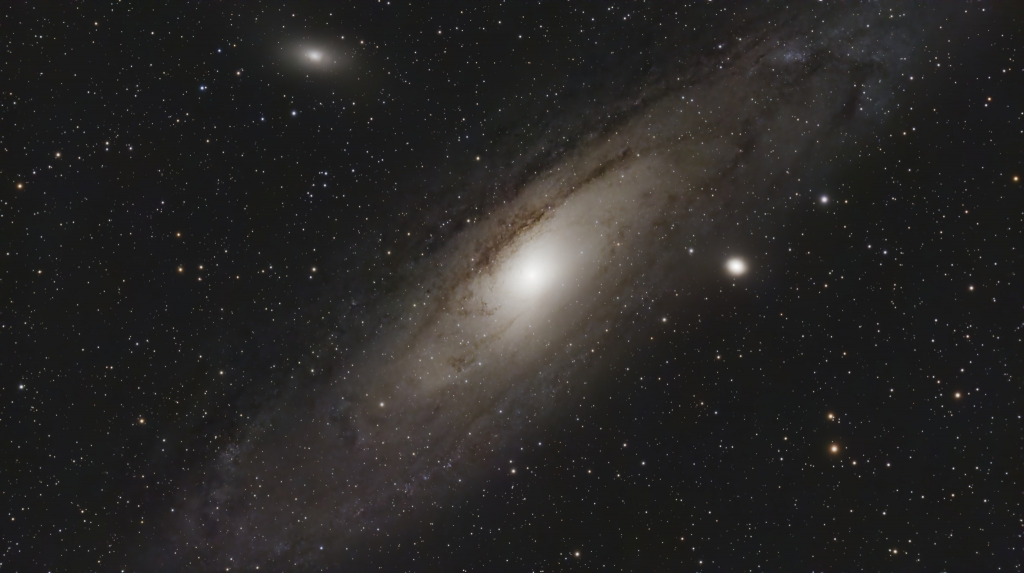
Clouds started to come in around 4am, so many of the JGAP Regulars decided to pack it in. I got home, and got some sleep. After unpacking the car, I went down to the shack to start processing.
My First HOO Image
I have been wanting to do a good image of NGC7000 in Narrowband and wanted to use the time of year where it is high overhead. I started with Hα during my last trip to the John Glenn Astronomy Park. My original goal was to do Tricolor SHO, but as I mentioned earlier, I was not able to get enough time on SII with clouds coming in. Since I had enough data for Hα and OIII (three hours each), I decided to try my hand at HOO processing. I am glad that I did.
I have to say that I am very pleased with the result of my efforts. I ended up with two different versions: one is using SPCC to get all of the colors calibrated using Spectroscopic data. The other is without using it (but using the stars from it). This “natural” version yielded something you may see with regular RGB processing. I liked it, so I kept this version of it.
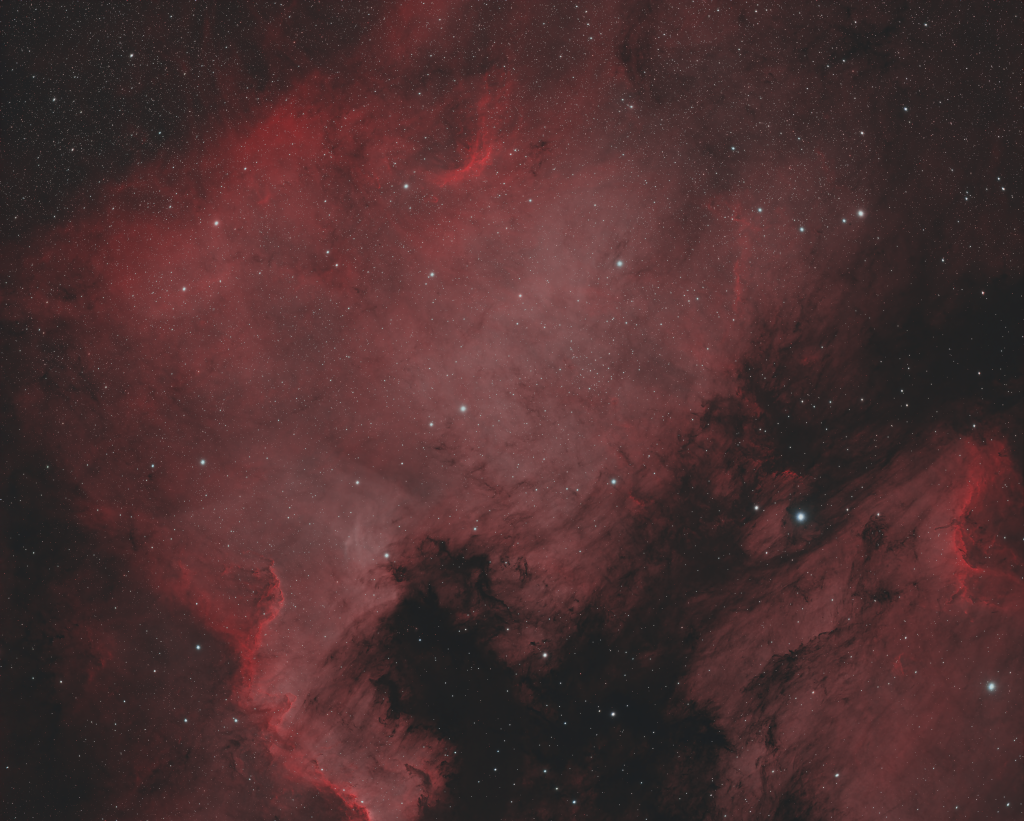
My favorite version of course is the true HOO version.

What Makes it Glow?
One of my favorite activities is to read about the objects I image. NGC7000 is an emission nebula located close to the star Deneb in the constellation of Cygnus. Observed in 1786 by the great William Herschel, it has been a favorite of study and capture by professional and amateur astronomers alike.

NGC7000 is very large and covers over an area over 10 times that of the full moon. Estimated to be about 2600 light years away, it is an area of star formation. Many professional astronomers wondered which star is causing the nebula to glow. Early estimates was that it was the star Deneb, but it is not hot enough to accomplish this task.
In 2004, astronomers at Calar Alto Observatory in Spain discovered that star J205551.3+435225, an O3.5 star, had a surface temperature hot enough to cause enough radiation to cause the nebula to glow. It is located off the “Florida Coast” shining at magnitude 13.2. If it was not obscured by the dust lane separating NGC7000 with the Pelican nebula, it would shine at magnitude 3.6.

It was a great night, and I am very pleased with what I was able to accomplish. I really like the look of HOO images. I think they look more natural.
Now, if I can only recover from an all-nighter like I used to.

